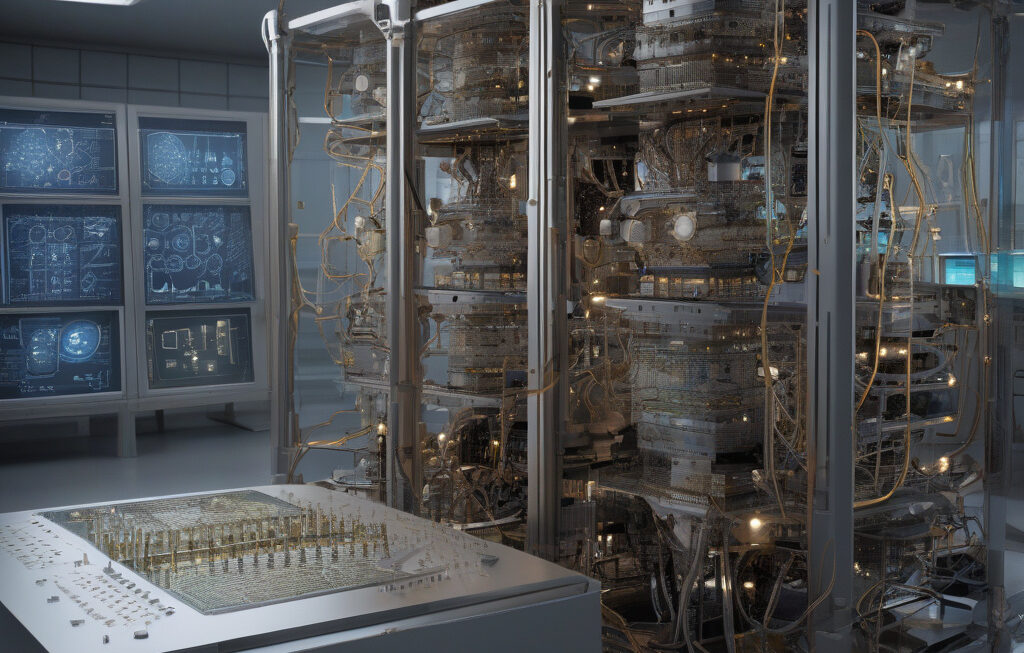Laser ‘Atomic Clock’ Reveals Precise Age of Dinosaur Eggs in China, a First
In a paleontology “first,” a new method has been developed to directly date dinosaur eggs. This groundbreaking technique involves using a laser ‘atomic clock’ to determine the age of these ancient relics with unprecedented accuracy. Recently, researchers in China successfully applied this innovative approach to unveil the exact age of dinosaur eggs, shedding light on the mysteries of these prehistoric creatures in a way never done before.
The traditional methods of dating fossils and artifacts have often relied on indirect means, such as dating the rocks or sediments found near the specimens. While these techniques have provided valuable insights into the timeline of ancient life, they are not always precise, especially when it comes to delicate structures like dinosaur eggs. The new laser atomic clock method, however, offers a more direct and reliable way to determine the age of these rare finds.
By analyzing the isotopes of uranium and lead within the eggshells using a laser ‘atomic clock,’ scientists can accurately calculate the age of the dinosaur eggs. This approach is based on the principle that radioactive elements decay at a constant rate over time, allowing researchers to pinpoint the exact moment of egg formation millions of years ago. The result is a precise age estimate that offers a glimpse into the reproductive habits and lifespans of dinosaurs like never before.
The application of this cutting-edge technology in dating dinosaur eggs marks a significant advancement in the field of paleontology. Not only does it provide researchers with a more accurate timeline of ancient life, but it also opens up new possibilities for studying the evolution and behavior of dinosaurs. By knowing the exact age of these eggs, scientists can piece together a more detailed picture of how these creatures lived and reproduced in the distant past.
One of the key advantages of the laser atomic clock method is its non-destructive nature, meaning that researchers can analyze the eggs without damaging or altering them in any way. This is crucial for preserving these precious specimens for future study and ensuring that their integrity remains intact for generations to come. Additionally, the high level of precision offered by this technique reduces the margin of error in age estimates, leading to more reliable and robust scientific conclusions.
The successful application of the laser atomic clock in dating dinosaur eggs in China represents a major step forward in our understanding of prehistoric life. By revealing the precise age of these ancient relics, researchers can unravel more of the mysteries surrounding the world of dinosaurs and gain insights into their biology, reproduction, and extinction. This innovative method not only pushes the boundaries of paleontological research but also highlights the importance of technological advancements in uncovering the secrets of our planet’s distant past.
In conclusion, the development of the laser atomic clock for dating dinosaur eggs has revolutionized the field of paleontology and opened up new avenues for scientific discovery. By combining cutting-edge technology with the study of ancient life, researchers are able to paint a more accurate and detailed picture of the world of dinosaurs. The direct dating of these prehistoric relics offers a glimpse into a lost world and provides valuable insights into the evolution of life on Earth.
dinosaur, eggs, China, laser atomic clock, paleontology











